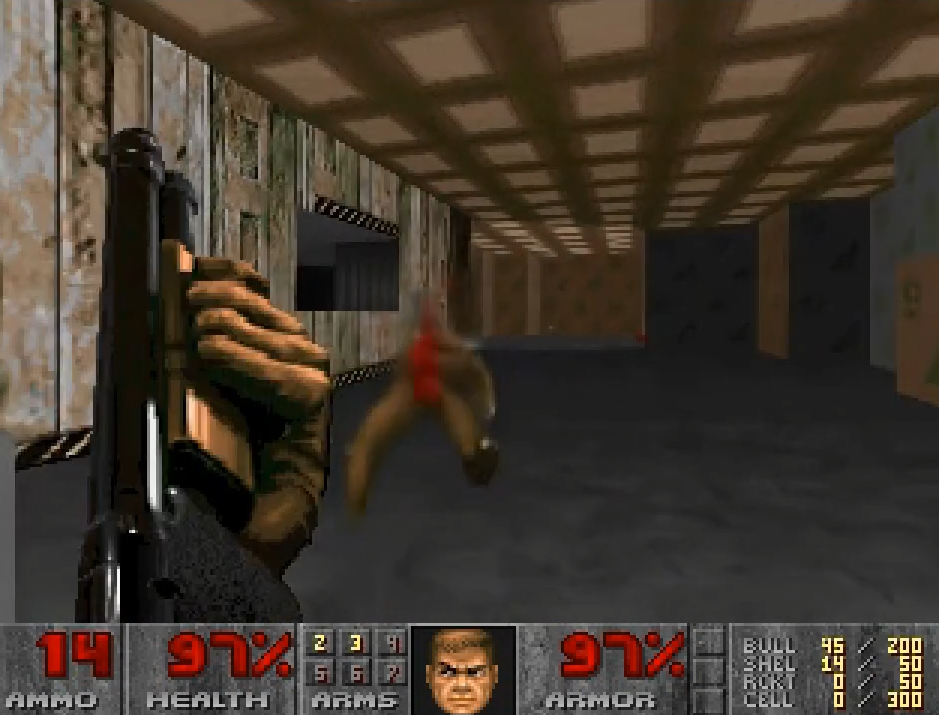You’ve probably seen some version of the video below hundreds of times. Maybe it was a smart toothbrush display, an Ikea lamp, or a Roomba.
Doom’s E1M1 - The Hanger, the iconic first person shooter’s first level, is often used to showcase how the open source game can run on almost any device you can think of. The video below is novel not because of what device it's running on, but how it's running at all. What you’re looking at is not the Doom game engine, but a diffusion model, a type of generative AI model most commonly used to generate media, that’s responding to player input in real time.
This post is for paid members only
Become a paid member for unlimited ad-free access to articles, bonus podcast content, and more.
Subscribe
Sign up for free access to this post
Free members get access to posts like this one along with an email round-up of our week's stories.
Subscribe
Already have an account? Sign in

